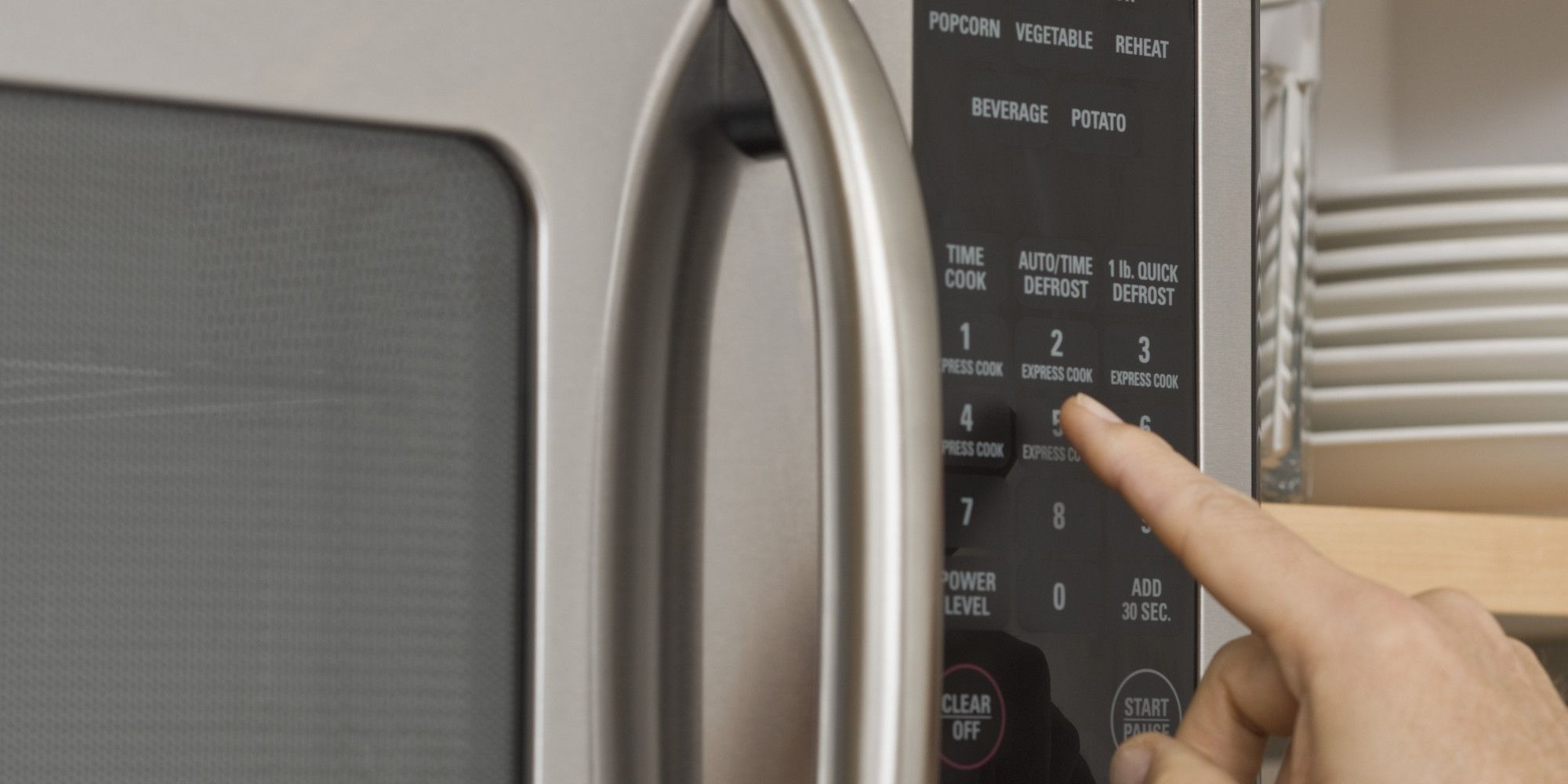

Articles
What Is The Frequency Of A Microwave Oven
Modified: March 20, 2024
Discover the optimal frequency settings for your microwave oven with our informative articles. Learn how the frequency affects cooking times and food quality.
(Many of the links in this article redirect to a specific reviewed product. Your purchase of these products through affiliate links helps to generate commission for Storables.com, at no extra cost. Learn more)
Introduction
Welcome to the world of microwave ovens! These handy kitchen appliances have revolutionized the way we cook and reheat our food, providing quick and efficient solutions to our culinary needs. But have you ever wondered what makes a microwave oven tick? One key factor that plays a crucial role in the functioning of a microwave oven is its frequency.
Understanding the frequency of a microwave oven is not only fascinating but also important in ensuring that your food is cooked evenly and efficiently. In this article, we will take a closer look at the concept of frequency in microwave ovens, its significance in cooking, and how it is measured.
So, let’s dive in and unravel the mysteries of microwave oven frequencies!
Key Takeaways:
- The frequency of a microwave oven, typically around 2.45 gigahertz, is crucial for efficient cooking by causing water molecules to vibrate and generate heat. Understanding this frequency empowers users to make informed decisions for optimal cooking results.
- Factors such as magnetron calibration, power supply fluctuations, and environmental interference can affect microwave oven frequency. Being aware of these factors allows users to take appropriate measures to maintain consistent cooking performance.
Overview of Microwave Ovens
Microwave ovens have become an essential appliance in modern kitchens, providing convenience and speed when it comes to cooking and reheating food. With their compact design and electromagnetic technology, they have made a significant impact on our daily lives.
These ovens work by emitting electromagnetic waves, known as microwaves, which penetrate the food and cause the water molecules inside it to vibrate. This vibration creates heat, effectively cooking or reheating the food in a fraction of the time compared to traditional cooking methods.
The design of a microwave oven typically consists of a control panel, a cavity for placing the food, and a magnetron—the component responsible for generating the microwaves. The control panel allows users to set various functions, such as cooking time and power level, while the cavity safely contains the food and prevents the microwaves from leaking out.
Microwave ovens come in different sizes and power capacities, catering to the diverse needs of households and professional settings. From compact models suitable for dorm rooms and small kitchens to larger countertop or built-in versions for spacious kitchens, there is a microwave oven to fit every lifestyle.
In addition to convenience and speed, microwave ovens offer several advantages over conventional cooking methods. They are energy-efficient, as they only heat the food directly, minimizing energy wastage. They also help to retain the natural flavors and nutrients of the food, making them a popular choice for health-conscious individuals.
However, it is important to note that while microwave ovens excel at reheating leftovers and cooking certain types of dishes, they may not be suitable for all culinary tasks. Baking or crisping foods that require a golden crust, for example, may not result in the desired texture when cooked solely in a microwave oven.
Now that we have a basic understanding of microwave ovens, let’s explore how these appliances work and the role that frequency plays in their operation.
How Microwave Ovens Work
Have you ever wondered about the inner workings of a microwave oven? Let’s take a closer look at how these appliances operate to cook and reheat your food.
At the heart of a microwave oven is a component called a magnetron. The magnetron generates electromagnetic waves, specifically microwaves, which are a form of radio waves. These microwaves are then directed into the oven cavity, where the food is placed.
When you set the cooking time and power level on the control panel, the magnetron emits the microwaves. These waves pass through the food, causing the water molecules in the food to vibrate rapidly. This vibration generates heat, which in turn cooks the food.
It is important to note that microwaves primarily interact with the water molecules in food, as they contain polar bonds. This is why foods with higher water content, such as vegetables, tend to cook more quickly in the microwave. On the other hand, foods with lower water content, like fats and oils, may not heat as efficiently in a microwave oven.
The microwaves generated by the magnetron are of a specific frequency, typically around 2.45 gigahertz (GHz). This frequency is carefully chosen to optimize the heating process and ensure that the microwaves efficiently penetrate the food and cause the water molecules to vibrate.
To prevent the microwaves from escaping, microwave ovens are equipped with a metal mesh door. This mesh allows visible light to pass through, allowing you to see inside the oven, while reflecting the microwaves back into the oven cavity.
In addition to heating food, microwave ovens also allow you to defrost frozen items. The defrost function operates at a lower power level, providing a gentle and even thawing process.
Now that we understand how microwave ovens work, let’s delve deeper into the concept of frequency and its importance in cooking.
Understanding Frequency in Microwaves
Frequency plays a crucial role in the operation of a microwave oven. In the context of microwaves, frequency refers to the number of complete cycles of the electromagnetic wave that occur per second. It is measured in hertz (Hz) or, more commonly, in gigahertz (GHz).
For microwave ovens, the frequency typically used is around 2.45 gigahertz (2.45 billion cycles per second). This specific frequency is chosen because it aligns with the resonant frequency of water molecules, making it highly efficient at heating and cooking food.
By applying this frequency, the microwaves are able to cause rapid vibration of the water molecules present in the food. This vibration generates heat, which then cooks the food from the inside out. This unique characteristic of microwaves allows for fast and even cooking, as the heat is generated directly within the food.
It is important to note that different frequencies can have various effects on the food being cooked. Lower frequencies can penetrate deeper into the food, making them more suitable for thicker or denser items. On the other hand, higher frequencies can be absorbed more quickly by water molecules, making them ideal for heating foods with higher water content.
While the frequency used in microwave ovens is carefully chosen for optimal cooking results, it is worth noting that it can have limitations. For example, certain types of food, such as those with a high fat content, may not heat as effectively in a microwave oven as they do not contain as much water. Furthermore, the uniformity of heating can vary depending on the size, shape, and density of the food being cooked.
Understanding the role of frequency in microwaves helps us appreciate the science behind microwave cooking and enables us to make more informed decisions when using this convenient kitchen appliance.
Next, let’s explore how the frequency of a microwave oven is measured and what factors can affect it.
The frequency of a microwave oven is typically around 2.45 gigahertz (GHz). This frequency is chosen because it is absorbed well by water, which allows for efficient heating of food.
The Importance of Frequency in Cooking
The frequency of a microwave oven plays a crucial role in achieving optimal cooking results. Understanding its importance allows us to grasp why certain foods cook more efficiently in a microwave and how to utilize this knowledge in our culinary endeavors.
One of the key advantages of microwave cooking is its ability to heat food quickly and evenly. This is primarily due to the resonant frequency of water molecules, which is around 2.45 gigahertz. When the microwaves emitted by the oven match this frequency, they efficiently penetrate the food and cause the water molecules to vibrate rapidly, generating heat from within.
The efficient heating process of microwaves saves time and energy compared to conventional cooking methods. It allows you to cook or reheat food in a matter of minutes, making it ideal for busy individuals or those seeking quick meal solutions.
Moreover, the precise control of time and power level on a microwave oven allows for customized cooking. You can adjust the cooking parameters to suit different foods and achieve the desired level of doneness. This versatility is particularly valuable when reheating leftovers, as you can ensure they are heated thoroughly without overcooking or drying them out.
In addition to speed and precision, the use of microwaves at the appropriate frequency helps to preserve the natural flavors and nutrients in food. The quick and gentle heating process minimizes nutrient loss and maintains the food’s texture and taste. This makes microwave cooking a viable option for health-conscious individuals who prioritize both convenience and nutrition.
While microwave cooking offers many benefits, it is important to note that certain types of food may not be well-suited for this method. As mentioned earlier, microwave cooking relies heavily on the presence of water molecules for efficient heating. Foods with lower water content, such as fats, oils, or dry ingredients, may not heat as effectively in a microwave oven.
Understanding the importance of frequency in cooking allows us to make informed decisions about the best methods to use for different types of food. It encourages us to explore the versatility of microwave ovens while also considering other cooking techniques to achieve optimal results.
Now that we understand the significance of frequency in cooking, let’s move on to how the frequency of a microwave oven is measured.
Read more: What Is A Microwave Oven
Measuring the Frequency of a Microwave Oven
Measuring the frequency of a microwave oven is an important step in ensuring its proper functioning and performance. It allows you to confirm that the oven is operating at the intended frequency and ensure consistent cooking results. So, how is the frequency of a microwave oven measured?
Specialized equipment, such as a frequency counter or spectrum analyzer, is used to measure the frequency of a microwave oven. These tools are designed to accurately detect and analyze electromagnetic waves, including the microwaves emitted by the oven.
To measure the frequency, the equipment is connected to an antenna or probe, which is then positioned near the oven. The antenna or probe captures the microwaves radiated from the oven and feeds the signal to the frequency counter or spectrum analyzer for analysis.
The frequency counter or spectrum analyzer then examines the captured signal and determines the frequency at which the oven is operating. It displays the measurement in hertz (Hz) or gigahertz (GHz), providing an accurate reading of the oven’s frequency output.
Periodic measurement of the frequency is particularly crucial for commercial settings, such as restaurants or professional kitchens, where precision and consistency in cooking are paramount. Regular calibration and verification of the oven’s frequency help maintain the quality and accuracy of the cooked food.
Furthermore, measuring the frequency allows technicians to identify any deviations or irregularities in the oven’s performance. If the frequency is off, it may indicate a malfunctioning component that needs to be repaired or replaced.
It’s important to note that microwave ovens are designed to operate at specific frequencies, usually around 2.45 gigahertz. Deviations from this frequency can result in inconsistent or uneven cooking, which can compromise the quality of the food.
By regularly measuring and verifying the frequency of a microwave oven, you can ensure that it is operating at the intended frequency and maintain the efficiency and reliability of your cooking processes.
Now that we’ve explored the process of measuring microwave oven frequency, let’s take a look at the factors that can affect the frequency of a microwave oven.
Factors Affecting Microwave Oven Frequency
The frequency at which a microwave oven operates is essential for consistent and efficient cooking. However, several factors can influence the frequency output of a microwave oven, potentially affecting its performance. Let’s take a closer look at these factors:
- Magnetron Calibration: The magnetron, which generates the microwaves in a microwave oven, needs to be properly calibrated to ensure the desired frequency output. Over time, wear and tear or other factors can cause the magnetron to deviate from its optimal calibration, leading to a change in frequency.
- Power Supply Fluctuations: The frequency of a microwave oven can be affected by fluctuations in the power supply. Variations in voltage or electronic interference can cause the magnetron to generate microwaves at different frequencies than intended. This can result in uneven or inconsistent cooking.
- Microwave Leakage: Any leakage in the microwave oven’s enclosure can also affect its frequency output. If microwaves escape from the oven, it can lead to interference and changes in the frequency. Regular maintenance and inspection are crucial to ensure that the oven remains properly sealed.
- Environmental Interference: External factors such as nearby electronic devices, radio signals, or even environmental conditions can introduce interference and affect the frequency of a microwave oven. This interference can disrupt the even distribution of microwaves and impact the cooking process.
- Component Quality: The quality and condition of the components within the microwave oven can impact its frequency output. Faulty or aging components may not perform optimally, leading to fluctuations in the frequency. Regular servicing and replacement of worn-out parts can help maintain consistent performance.
It is important to note that while these factors can influence microwave oven frequency, most modern microwave ovens are designed with built-in safeguards and mechanisms to minimize these effects. Manufacturers strive to ensure that their ovens maintain a stable and consistent frequency to deliver reliable cooking performance.
However, if you notice any significant inconsistencies or irregularities in the cooking results of your microwave oven, it may be worthwhile to have it inspected by a professional or contact the manufacturer for guidance.
Understanding the factors that can affect microwave oven frequency allows you to be aware of potential issues and take appropriate measures to ensure the best cooking experience.
Now that we have explored the factors affecting microwave oven frequency, let’s summarize what we have learned.
Conclusion
In conclusion, understanding the frequency of a microwave oven is essential for achieving optimum cooking results. The frequency, typically around 2.45 gigahertz, plays a significant role in the efficient heating and cooking of food. By emitting microwaves at this frequency, microwave ovens cause the water molecules in food to vibrate rapidly, generating heat from within.
Microwave ovens have revolutionized the way we cook and reheat our food, offering convenience, speed, and energy efficiency. They provide a quick and reliable method of cooking, allowing us to prepare delicious meals in a fraction of the time compared to traditional cooking methods.
Measuring the frequency of a microwave oven is crucial to ensure its proper functioning and performance. Specialized equipment such as frequency counters or spectrum analyzers are used to verify that the oven is operating at the intended frequency. Regular calibration and maintenance are necessary to maintain consistent cooking results.
Factors such as magnetron calibration, power supply fluctuations, microwave leakage, environmental interference, and component quality can all affect the frequency output of a microwave oven. It is important to be aware of these factors and take appropriate measures to minimize their impact on cooking performance.
While microwave ovens offer many advantages, it is important to note that they may not be suitable for all types of cooking. Foods with low water content may not heat as effectively, and certain cooking methods such as baking or crisping may not yield desired results in a microwave oven.
Ultimately, understanding the role of frequency in microwave ovens allows us to appreciate the science and technology behind these appliances. It empowers us to make informed decisions while using this convenient kitchen tool and explore the endless possibilities it offers for quick and efficient cooking.
So, the next time you use a microwave oven to heat up leftover pizza or cook a quick meal, you can appreciate the importance of frequency and how it contributes to the wonderful world of microwave cooking!
Frequently Asked Questions about What Is The Frequency Of A Microwave Oven
Was this page helpful?
At Storables.com, we guarantee accurate and reliable information. Our content, validated by Expert Board Contributors, is crafted following stringent Editorial Policies. We're committed to providing you with well-researched, expert-backed insights for all your informational needs.
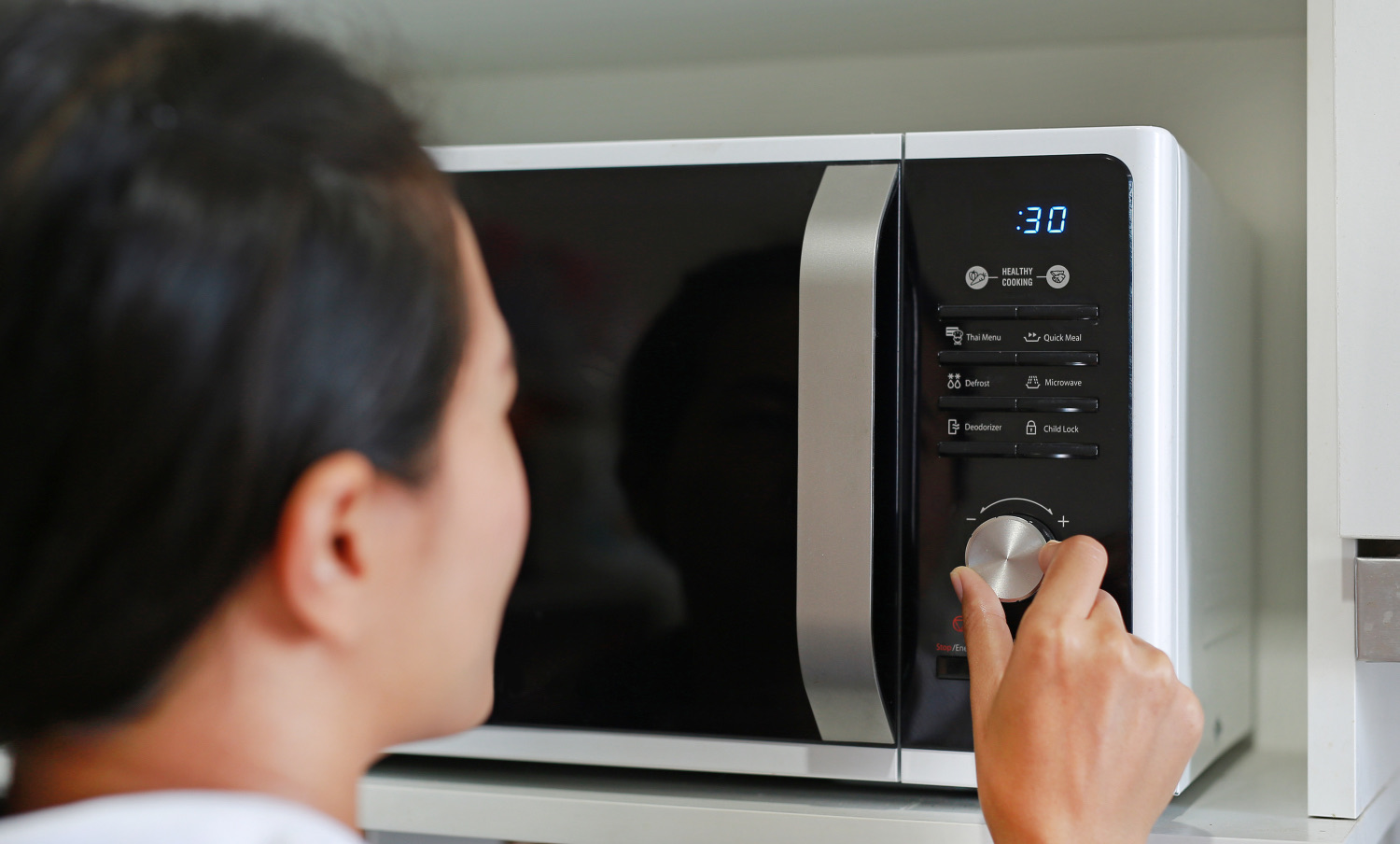
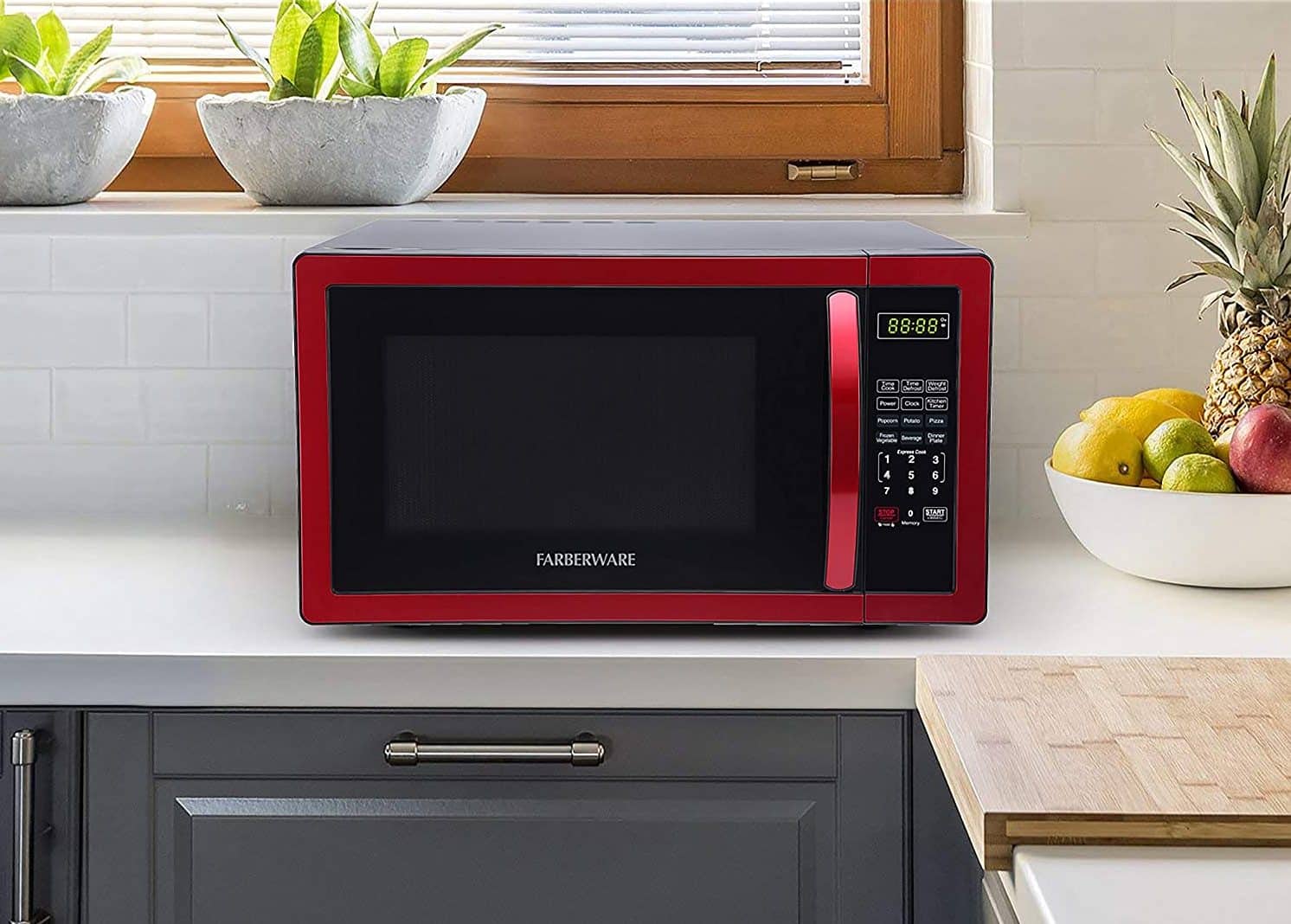
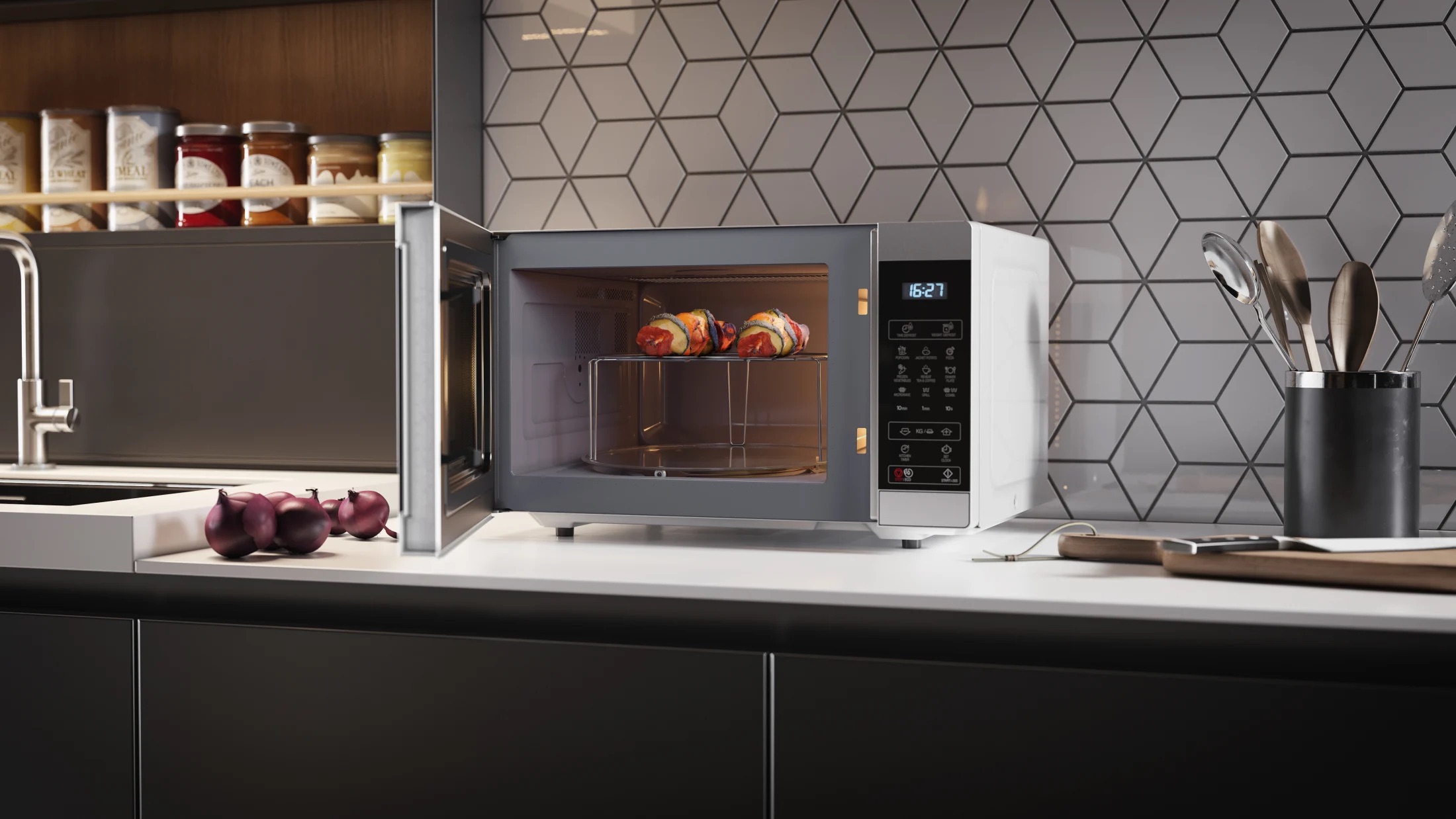
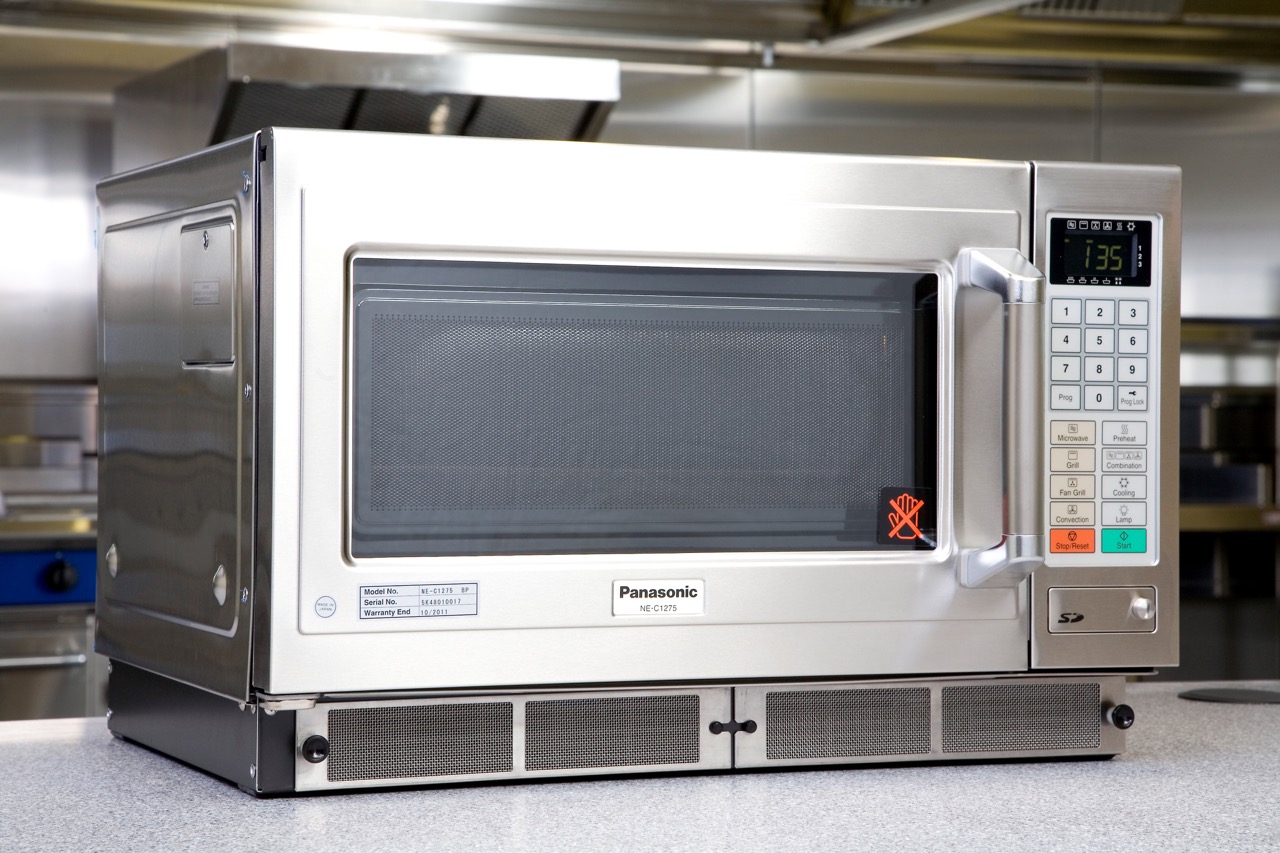
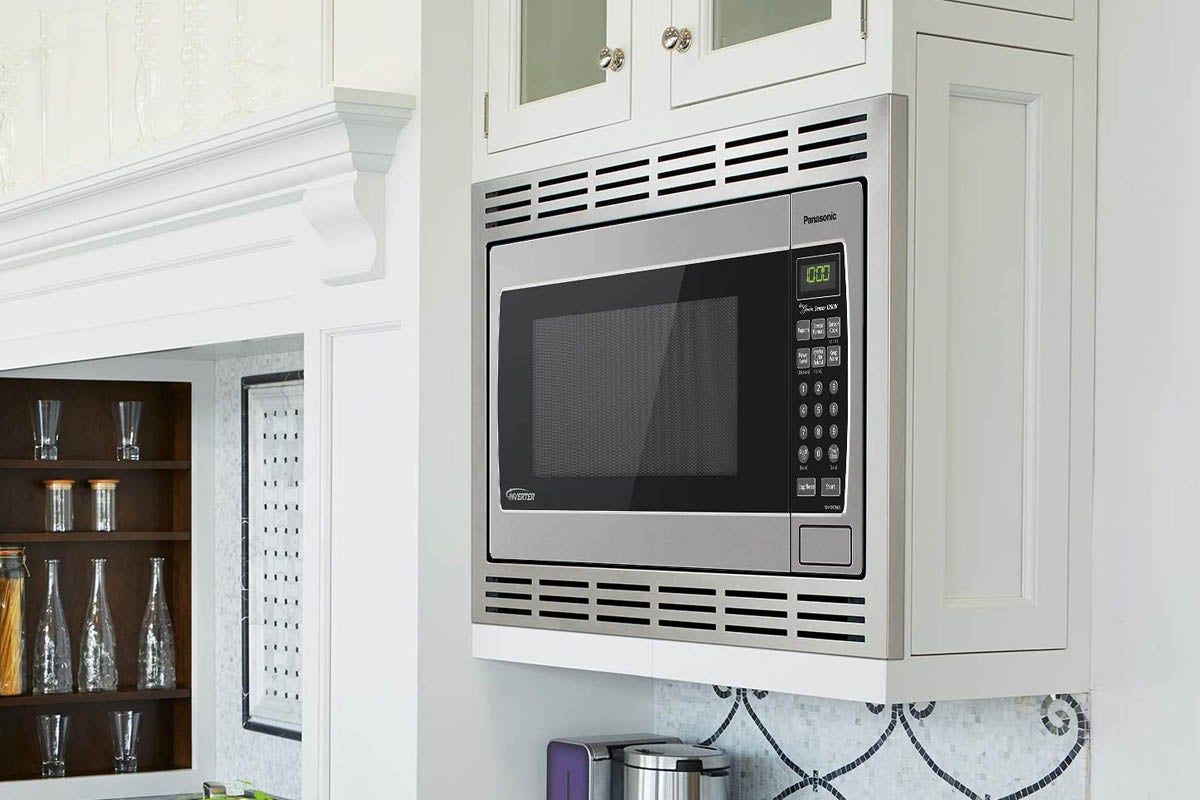
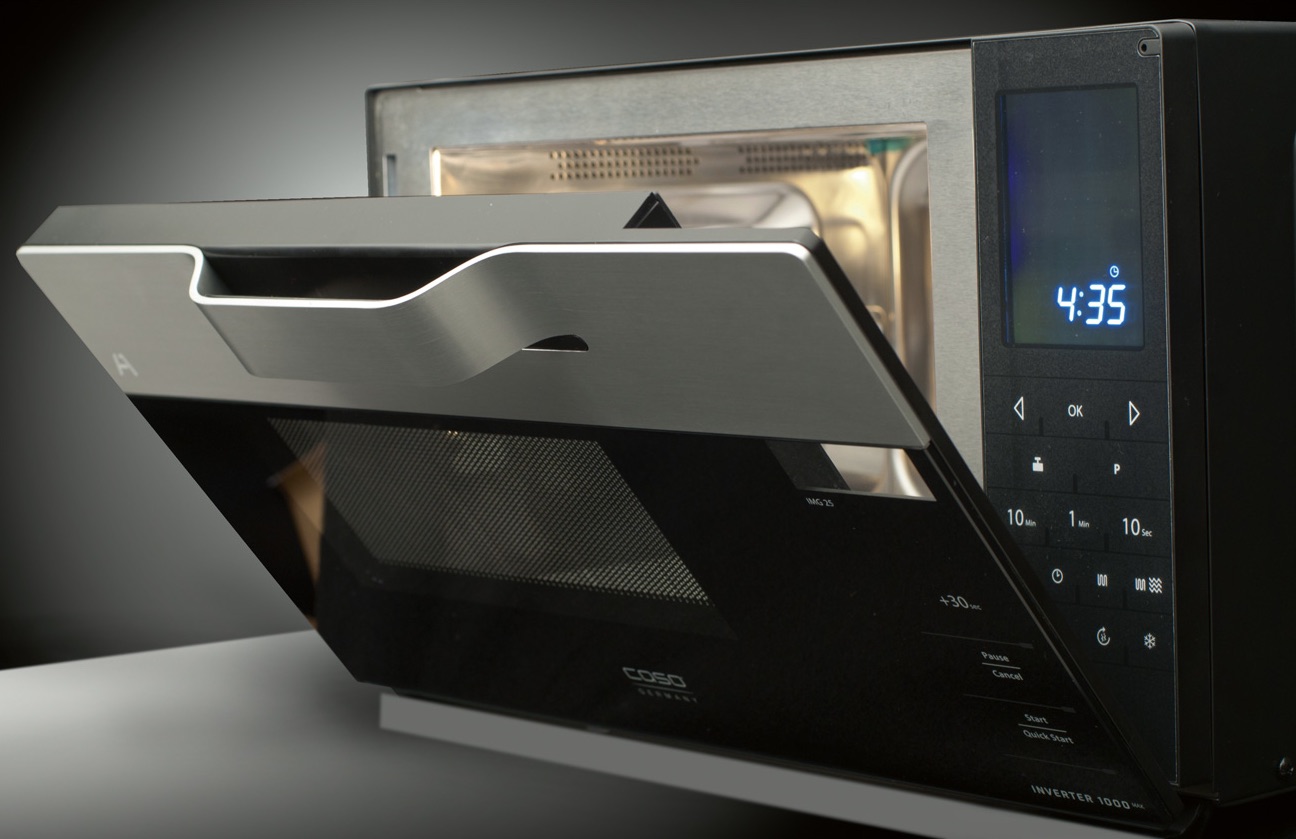

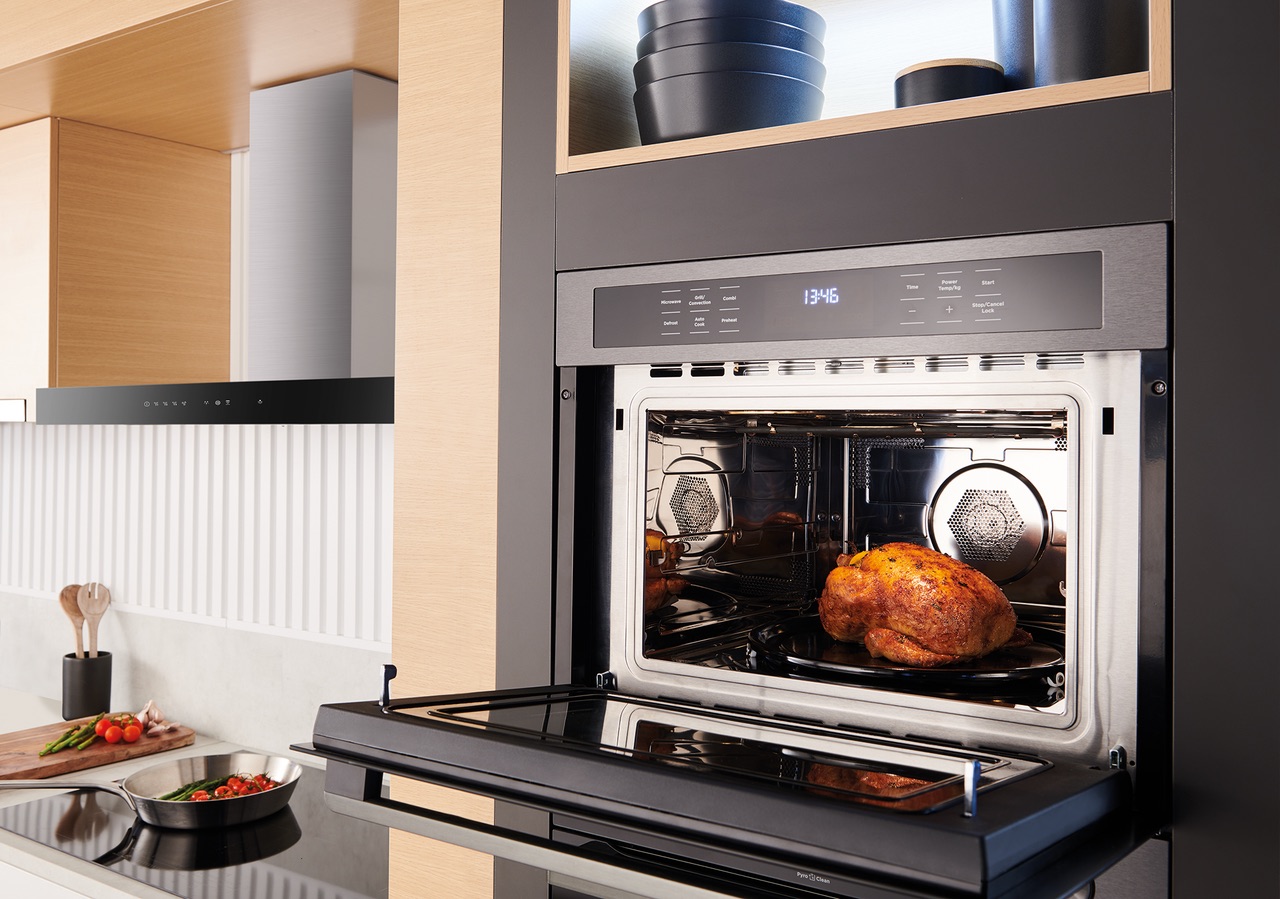
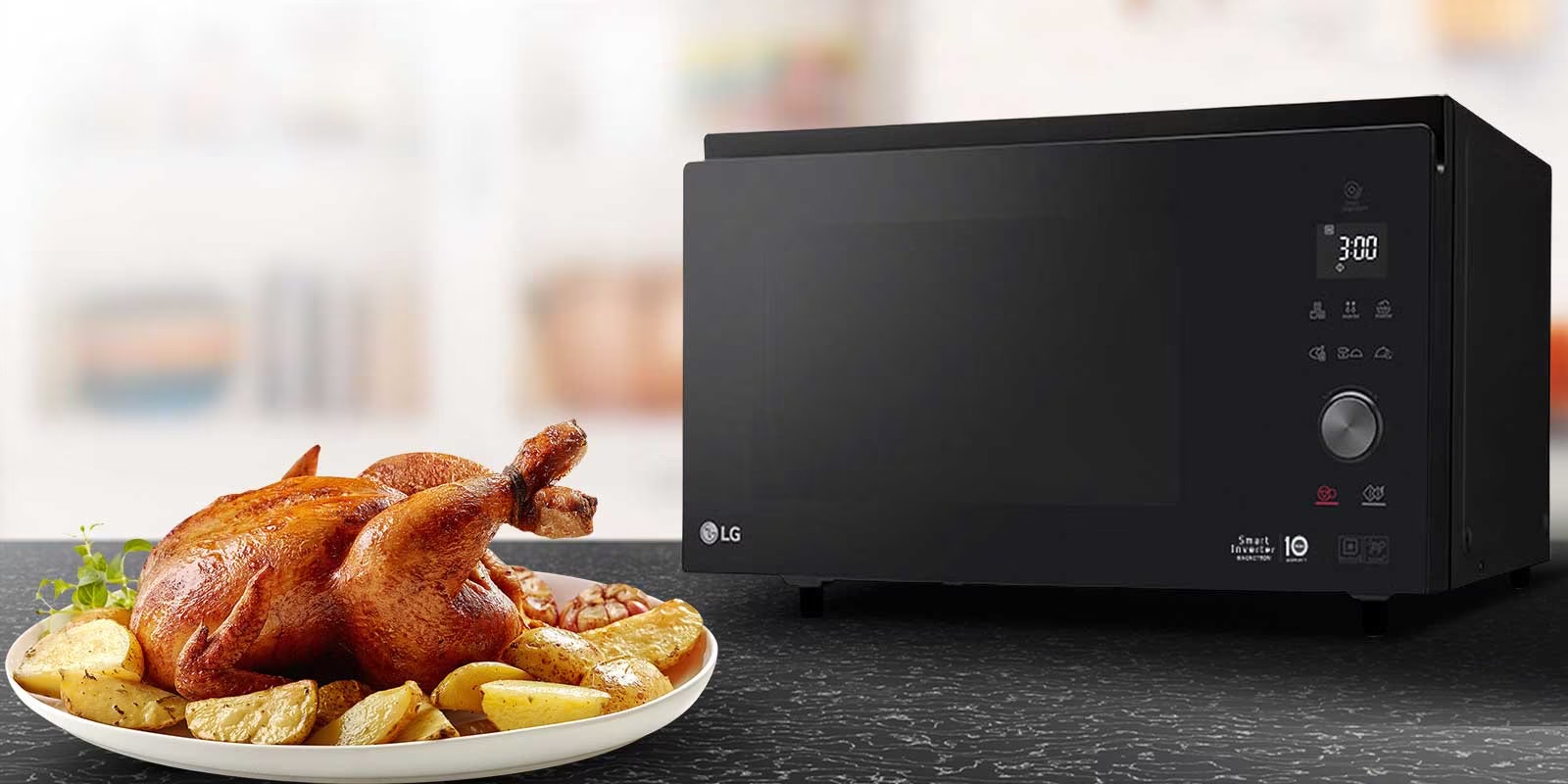

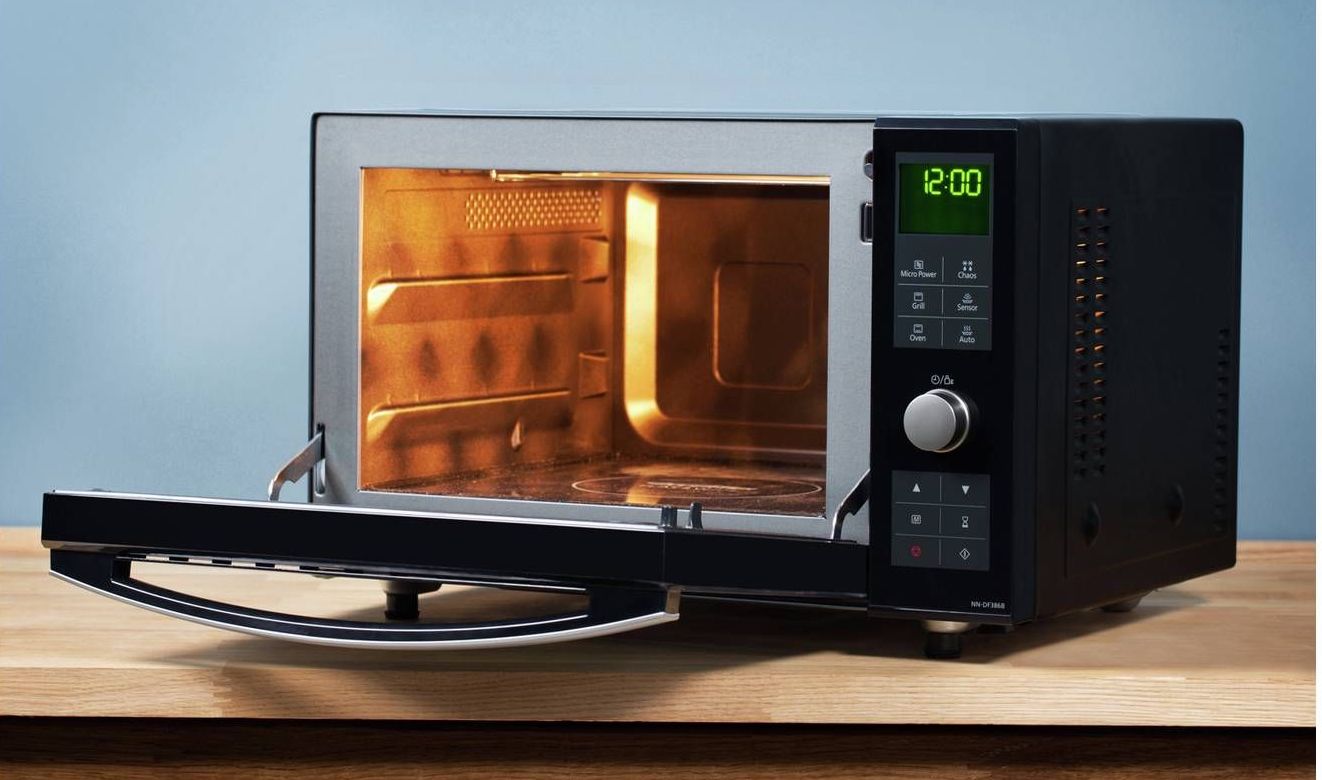
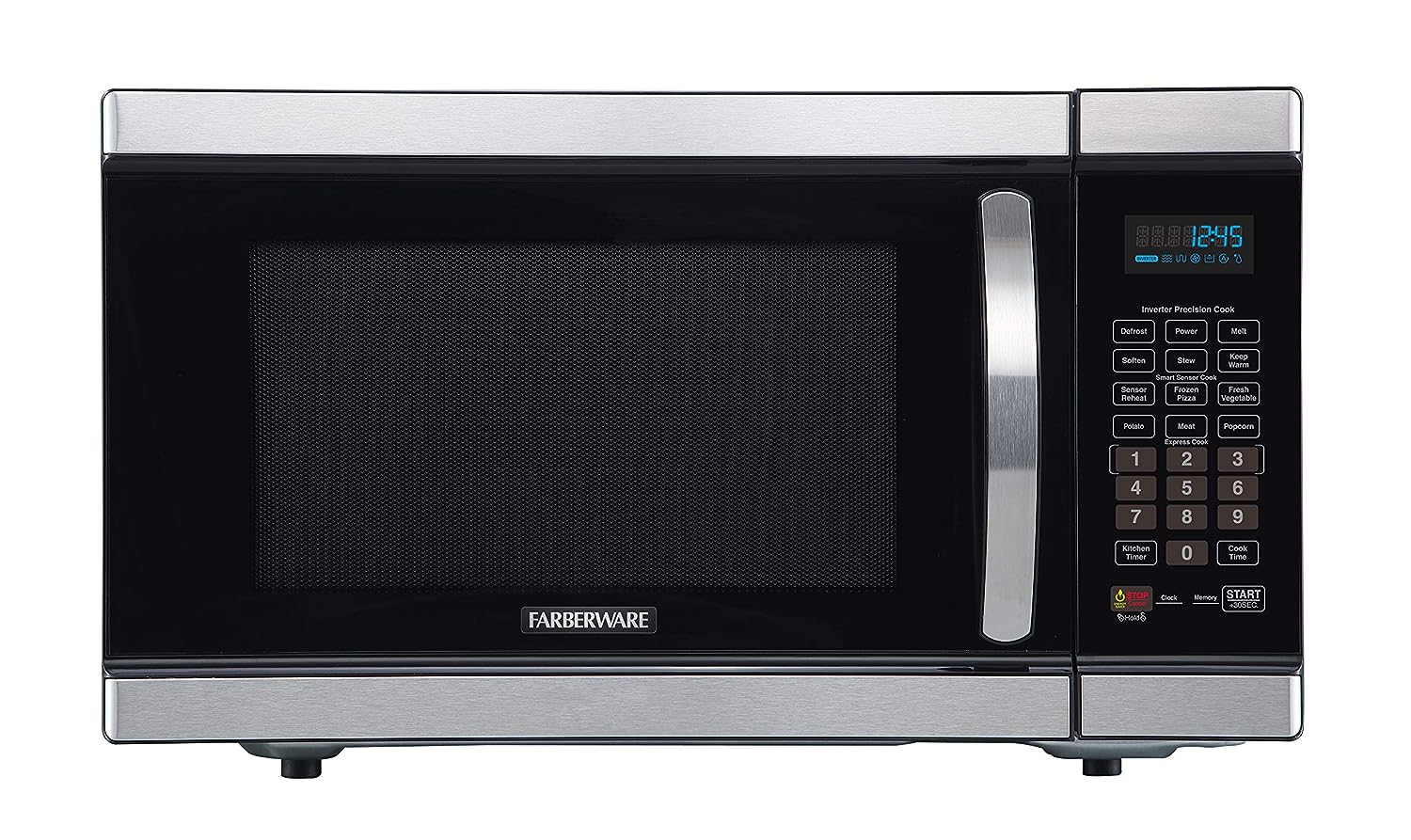



0 thoughts on “What Is The Frequency Of A Microwave Oven”